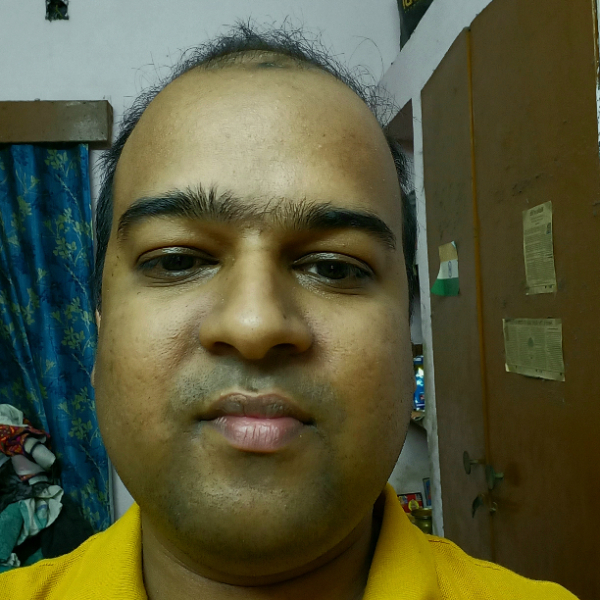Smart Contact Lens Technology – An Innovation in Progress
The capability to see is a precious gift. But when there are aberrations in vision, it is remedied through different types of eyewear. The first commercial soft contact lenses have been around since the 1970s, and have gone through a process of constant evolution. And in the latest upgrades of contact lenses are the smart contact lenses. Smart contact lenses have intricate circuitry in tiny microchips that enable the functioning of the lenses through enhanced features in display. Sometimes these devices can be so advanced that they are practically powered from light or even tears. Researchers are discovering new insights by which such lenses can take a variety of data from merely observing the eyes – from measuring blood sugar to ocular disorders.
Though still under development around the world, smart contact lenses have the potential to be wearable healthcare monitoring devices. They can be equipped with sensors to measure various biomarkers in tears, such as glucose levels for diabetes management, or intraocular pressure for glaucoma monitoring. They can also be used to deliver drugs directly to the eye for specific treatments. Latest efforts are on for early diagnosis and cure of preventable blindness and fungal infection of the eye using appropriate interventions of smart contact lenses. Some smart contact lenses are being developed to be used for enabling night vision, while some have the potential for enhancing colour vision.
The tears of the user can act as biomarkers for estimating different medical conditions and hence assist in their effective diagnosis. An example of smart contact lens is the google smart contact lens which was discontinued in 2018. These lenses had bio-sensing capability for measuring glucose levels. In the future there are possibilities of detection of cancer from these different biomarkers.
How does it work?
The microchip installed in the smart contact lenses have a number of utilities. First of all, the task of electrochemical bio-sensing is done through them to effectively sense the above mentioned biomarkers. Microchips also help in on-demand drug delivery, wireless power management and data communication.
Bio-sensing is done through tiny electrodes that are integrated inside the lens material. These can be made up of conductive polymers or metallic materials. A bio-receptor that acts as an antibody enzyme is immobilized into the electrode surface that binds the target molecule of interest. The bio-receptor reacts with the biomarkers and generates an electrical signal, which is sensed by the electrodes. The generated signal is subsequently amplified for greater sensitivity and accuracy.
For on-demand drug delivery, a therapeutic agent is encapsulated within the lens material or attached to the lens surface. Then through a specific trigger mechanism activation to external stimuli such as light, temperature or electrical signals, is done. Upon triggering the encapsulated drug is released in a controlled manner. The power supply for smart contact lenses is achieved through various techniques such as inductive coupling, radio frequency energy harvesting, piezoelectric energy harvesting, and solar energy harvesting. Data communication, which is necessary for arriving at possible necessities of diagnosis, employ NFC (near-field communication) enabled devices, BLE (Bluetooth Low Energy) module, RF communication or infra-red communication.
Risks and Possible Applications
The risk of infection, allergy and dryness also exist with smart contact lenses as they are with ordinary ones. Its benefits can be derived only when used under the supervision of medical experts and eye care professionals with caution. As technology evolves it keeps getting better, adding more features. Smart contact lenses can in future have many possible applications that we are currently unable to even imagine. Apart from detection and diagnosis of medical conditions, they can also be used for fitness tracking such as heart rate monitoring, biometric authentication of smart devices and accounts, immersive experiences in gaming and entertainment, or sensing ambient environment parameters such as temperature, air quality and noise levels. With rapid strides in nanotechnology, incorporating most of these features into lenses that are smaller than the size of one’s fingertips could soon become a near possibility. For now, the future of smart contact lenses looks promising.

Author: Swastik Tripathy
Swastik is a passionately curious explorer who has a penchant for a diversity of written self-expression.
Read more from author


